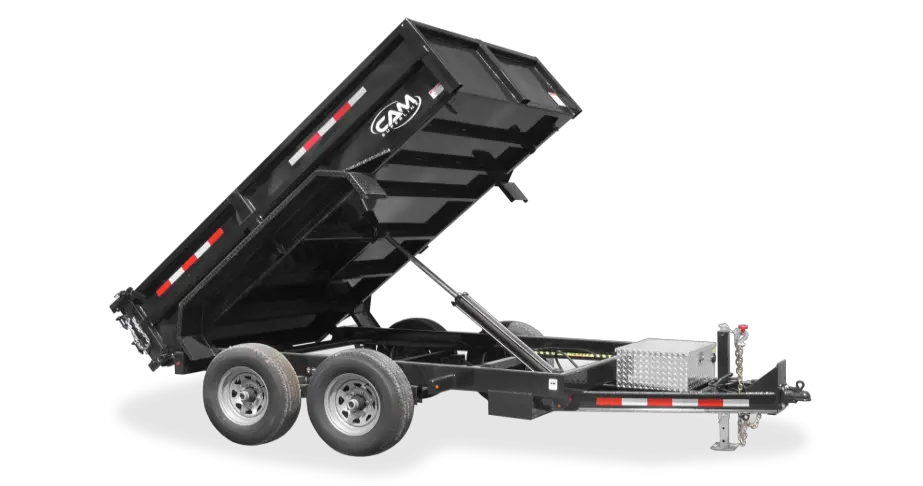If you own or operate a dump trailer, understanding the role and importance of hydraulic fluid is vital for optimal performance and longevity.
Hydraulic fluid serves as the lifeblood of dump trailer hydraulic systems.
It’s a specially formulated fluid that transfers power, enabling the movement of hydraulic components.
By transmitting force and pressure, hydraulic fluid helps raise and lower the dump trailer bed, operate the cylinder, and control the lifting and lowering mechanisms.
The fluid you choose must meet the manufacturer’s specifications and be compatible with the materials used in the system.
Improper fluid selection can lead to decreased performance, premature wear, and potential damage to the hydraulic components.
Dump Trailer Hydraulic Fluid Types
Different types of hydraulic fluids are available, each with its characteristics, advantages, and considerations.
Let’s explore some common types used in dump trailers.
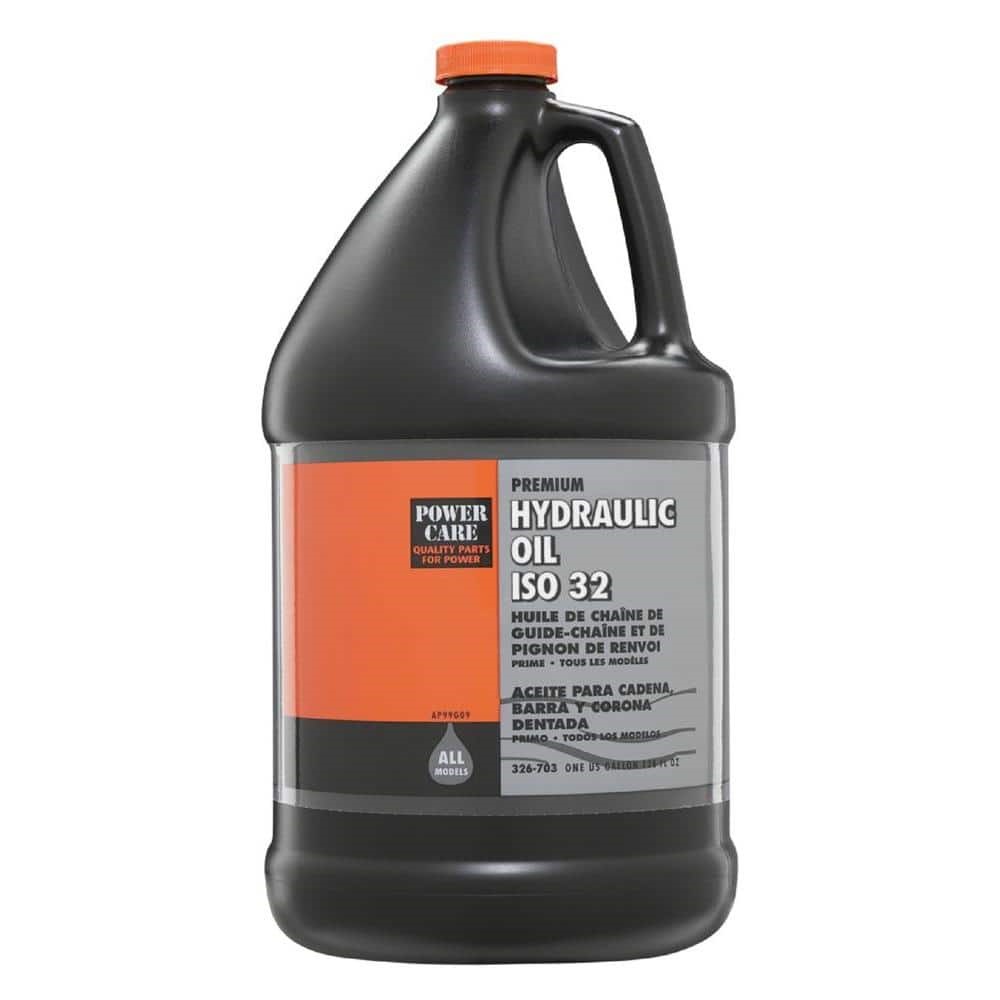
Mineral Oil-Based Fluids
They’re the most widely used type in dump trailers and other hydraulic systems.
They’re formulated from refined petroleum products and additives to provide essential properties such as lubrication, viscosity, and heat transfer.
Mineral oil-based fluids are affordable and readily available, making them a popular choice for many applications.
However, they have limitations in extreme temperature conditions and may not be as environmentally friendly as other options.
These fluids are typically amber or light brown. However, some manufacturers may choose to use red dye to differentiate their mineral oil-based hydraulic fluids.
The dyed version is commonly referred to as red hydraulic fluids for dump trailers.
Related: Best Steiner Hydraulic Fluid Equivalent
Synthetic Fluids
Synthetic hydraulic fluids offer enhanced performance and durability, particularly in demanding operating conditions.
These fluids are engineered from synthetic base oils and advanced additives, resulting in superior properties such as high viscosity index, excellent thermal stability, low-temperature flowability, and resistance to oxidation and degradation.
Synthetic fluids can withstand extreme temperatures, pressures, and heavy loads. This makes them suitable for heavy-duty dump trailer applications.
They also tend to have longer service intervals and provide better protection against wear and corrosion.
However, synthetic fluids are generally more expensive than mineral oil-based fluids.
Biodegradable Fluids
For environmentally-conscious dump trailer operators, biodegradable hydraulic fluids provide a sustainable alternative.
These fluids are designed to minimize environmental impact in case of leaks or spills, making them suitable for sensitive areas or regulatory requirements.
Biodegradable fluids can be either mineral oil-based or synthetic, formulated with biodegradable additives and esters derived from renewable sources.
While offering good performance and compatibility, they may have certain limitations in extreme operating conditions and may require more frequent fluid changes.
Recommended Hydraulic Fluids to Use for Your Dump Trailer
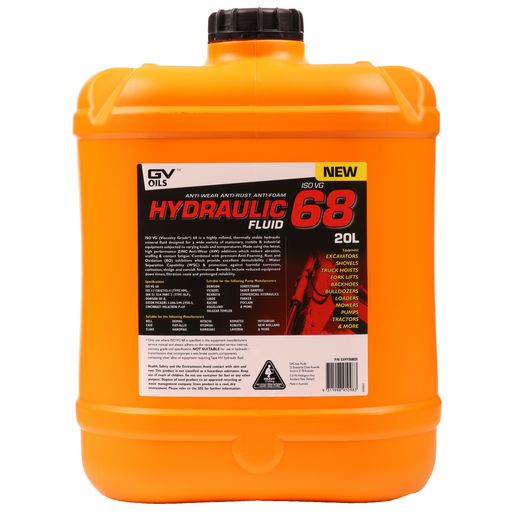
To ensure optimal performance and longevity of your hydraulic system, experts recommend that you use premium hydraulic fluid with standard viscosity grades.
The International Organization for Standardization (ISO) has established the ISO Viscosity Grade (ISO VG) classification system to help in identifying the viscosity range of hydraulic fluids.
The table below provides the ISO VGs along with their corresponding temperature ranges in both Fahrenheit (°F) and Celsius (°C).
Keep in mind that these values serve as a general guideline and should be used in conjunction with the manufacturer’s recommendations for your specific hydraulic system.
| Fluid Temperature Range | ISO Viscosity Grade (ISO VG) |
| -20°F to +32°F (-29°C to 0°C) | 15 |
| -5°F to +140°F (-21°C to +60°C) | 22 |
| +5°F to +170°F (-15°C to +77°C) | 32 |
| +15°F to +190°F (-9°C to +88°C) | 46 |
| +30°F to +210°F (-1°C to +99°C) | 68 |
Related: Tireject vs. Slime: Which is Better?
How Much Hydraulic Fluid to Put in a Dump Trailer
Knowing the correct amount of hydraulic fluid to put in your dump trailer is essential for maintaining optimal performance and ensuring the smooth operation of the hydraulic system.
The specific fluid capacity may vary depending on the size, model, and manufacturer specifications of your dump trailer.
Here are some guidelines to help you determine the appropriate hydraulic fluid capacity.
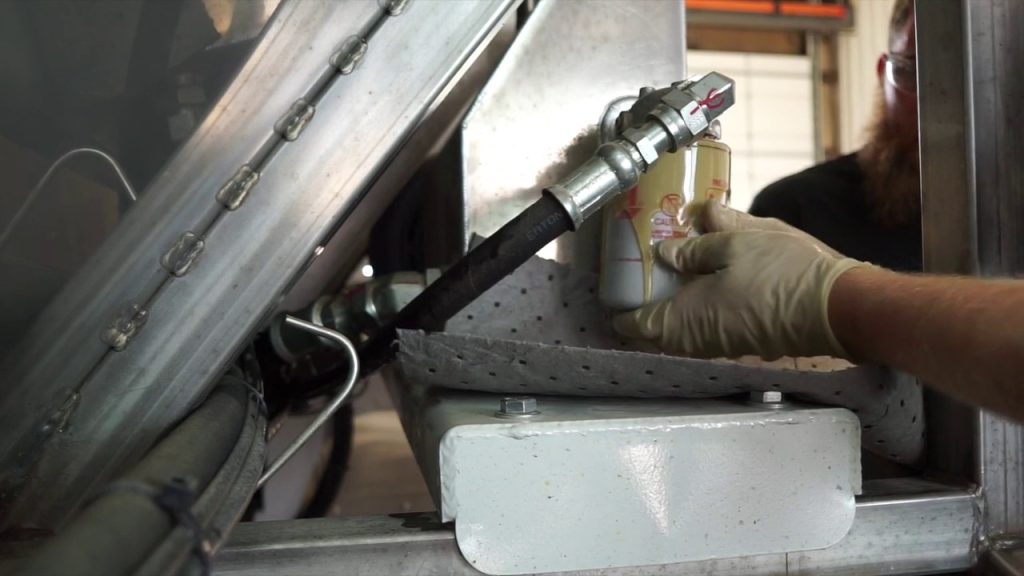
Consult the Owner’s Manual
The first step is to refer to the dump trailer’s owner’s manual or the manufacturer’s documentation.
The manual typically provides detailed information about the hydraulic system, including the recommended fluid capacity.
It may specify the fluid capacity in gallons, liters, or another unit of measurement.
Check the Reservoir or Sight Gauge
Most dump trailers have a hydraulic fluid reservoir, often located near the hydraulic pump or control unit.
The reservoir may have a sight gauge, which allows you to visually check the fluid level.
Some reservoirs have markings indicating the desired fluid level or capacity. Ensure that the fluid level is within the recommended range specified by the manufacturer.
Follow the Manufacturer’s Guidelines
Always adhere to the manufacturer’s guidelines regarding the proper hydraulic fluid capacity.
Adding too little fluid can result in inadequate system lubrication and reduced performance while overfilling can lead to excess pressure, leaks, or damage to hydraulic components.
It’s important to maintain the fluid level within the recommended range to ensure optimal system operation.
Consider System Design and Components
The hydraulic fluid capacity can also be influenced by the design and components of the dump trailer’s hydraulic system.
Larger trailers or those with heavy-duty hydraulic systems may require a higher fluid capacity to accommodate the increased demands and operating conditions.
Conversely, smaller trailers may have a smaller fluid capacity due to their reduced size and hydraulic requirements.
Seek Professional Advice
If you’re uncertain about the proper hydraulic fluid capacity for your dump trailer, or if you encounter any inconsistencies or difficulties determining the capacity, I advise you to consult the manufacturer or a hydraulic system expert.
They can provide accurate information based on the specific model and configuration of your dump trailer, ensuring that you have the correct fluid capacity.
Related: Ariens Vs Husqvarna Zero Turn Mowers
How to Drain Hydraulic Oil from a Dump Trailer: Step-by-Step Guide
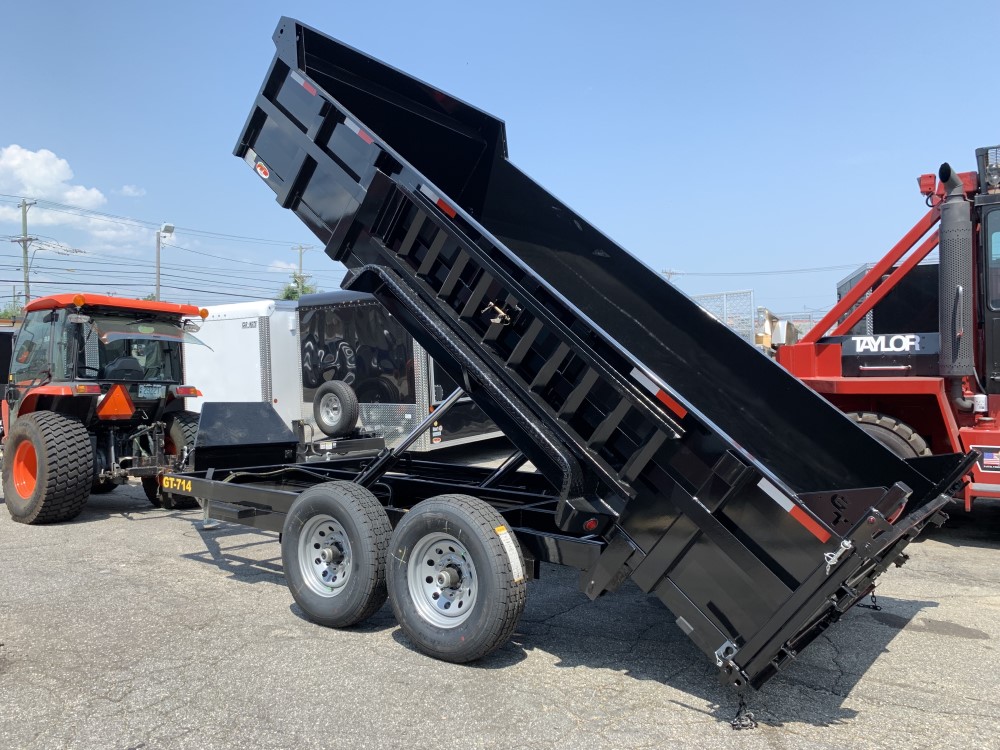
Draining hydraulic oil from a dump trailer is an important maintenance task to remove old or contaminated fluid.
Here’s a step-by-step guide on how to effectively drain hydraulic oil from your dump trailer.
Gather the Necessary Tools and Materials
Get the following tools and materials before you begin.
- Safety gloves and goggles
- Drain pan or container
- Wrench or socket set
- Rags or absorbent materials
- New hydraulic fluid (if fluid replacement is required)
Safety Precautions
Always prioritize safety when working with hydraulic systems. Wear appropriate safety gloves and goggles to protect your hands and eyes from potential hazards.
Locate the Hydraulic Oil Reservoir and Drain Plug
Identify the hydraulic oil reservoir in your dump trailer.
It’s usually located near the hydraulic pump or control unit. Look for a drain plug or bolt on the reservoir.
The drain plug may have a square or hexagonal head.
Position the Drain Pan
Place the drain pan or container underneath the drain plug to catch the oil as it drains out.
Ensure that the pan is large enough to accommodate the amount of hydraulic oil in the system.
Loosen the Drain Plug
Using a wrench or socket set, carefully loosen the drain plug counterclockwise. Be prepared for the oil to start flowing out once the plug is loosened.
Ensure that the drain pan is positioned correctly to catch the oil.
Drain the Hydraulic Oil
Fully remove the drain plug and allow the hydraulic oil to drain completely into the drain pan. Ensure that the oil drains out fully and doesn’t splash or spill.
Clean the Drain Plug and Reservoir
While the oil is draining, take the opportunity to clean the drain plug and reservoir opening.
Use a rag or absorbent material to wipe away any dirt, debris, or old gasket material from the drain plug and reservoir.
This helps prevent contamination when refilling with new hydraulic oil.
Inspect the Drain Plug
Inspect the drain plug for any signs of damage or wear. Replace the drain plug if necessary to prevent leaks and ensure a secure fit during reinstallation.
Dispose of the Used Oil Properly
Hydraulic oil is considered hazardous waste and should be disposed of responsibly. Check with your local regulations or recycling centers for proper disposal methods.
Avoid pouring used oil into the environment, drains, or regular waste bins.
Refill with New Hydraulic Oil
If you’re replacing the hydraulic fluid, refer to the manufacturer’s specifications to determine the appropriate type and quantity of hydraulic oil.
Slowly and carefully refill the hydraulic oil reservoir with the recommended fluid, using a funnel if necessary.
Reinstall the Drain Plug
Once the oil is fully drained and the reservoir is refilled, clean the drain plug and reinstall it securely.
Tighten the drain plug clockwise using the wrench or socket set, ensuring that it’s properly seated and doesn’t leak.
Clean Up and Check for Leaks
Wipe away any spilled oil and ensure the area around the hydraulic system is clean. Check for any leaks or abnormalities in the system before operating the dump trailer.
Related
- Best Commercial Lawn Mower Brands
- Ariens Vs Husqvarna Zero Turn Mowers (Best Comparison)
- Top 3 Types of Lawn Mower Engines
- Best Mowers for 7 Acre
- Tireject vs. Slime: Which is the Better Tire Sealant?
- Best Steiner Hydraulic Fluid Equivalent (Without a Doubt)
- 6 Best Blades for Ferris ICD Deck
- Top Hat Trailer Review & Ultimate Buying Guide
